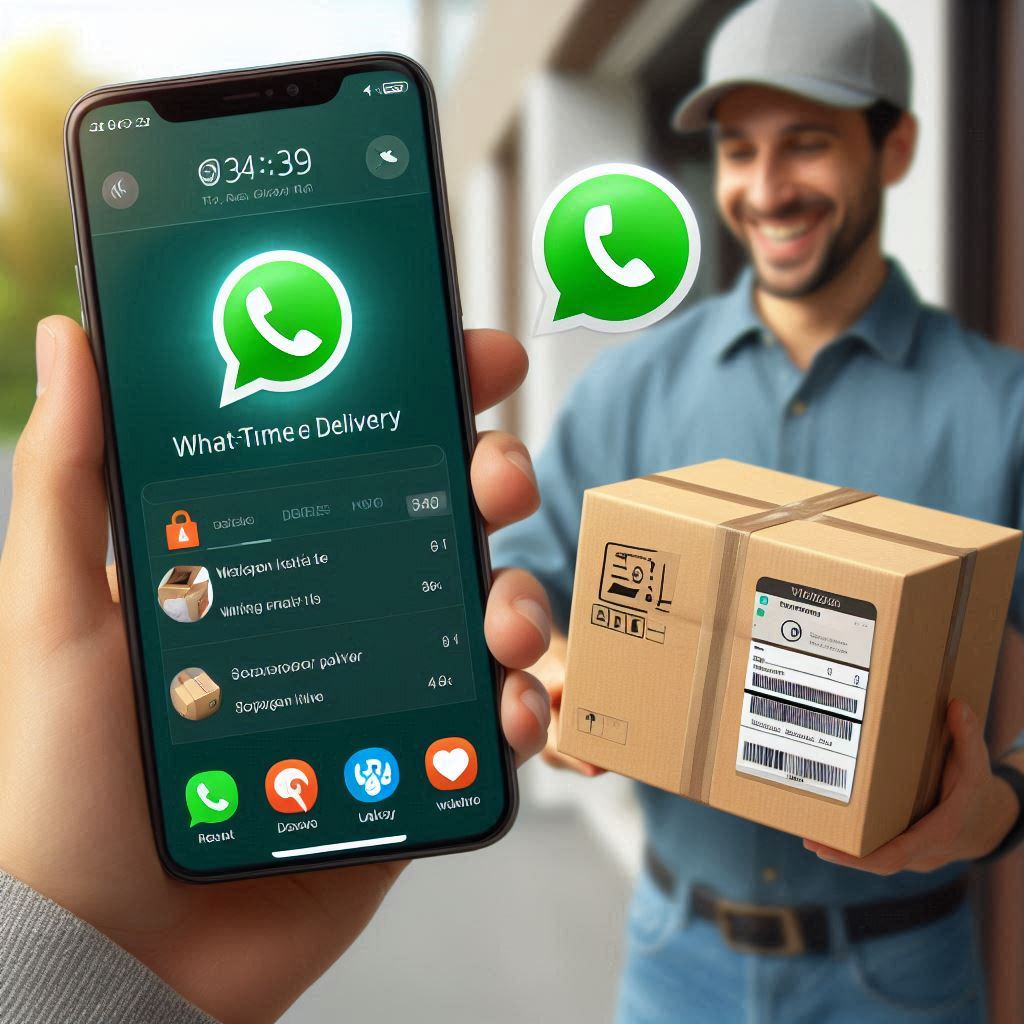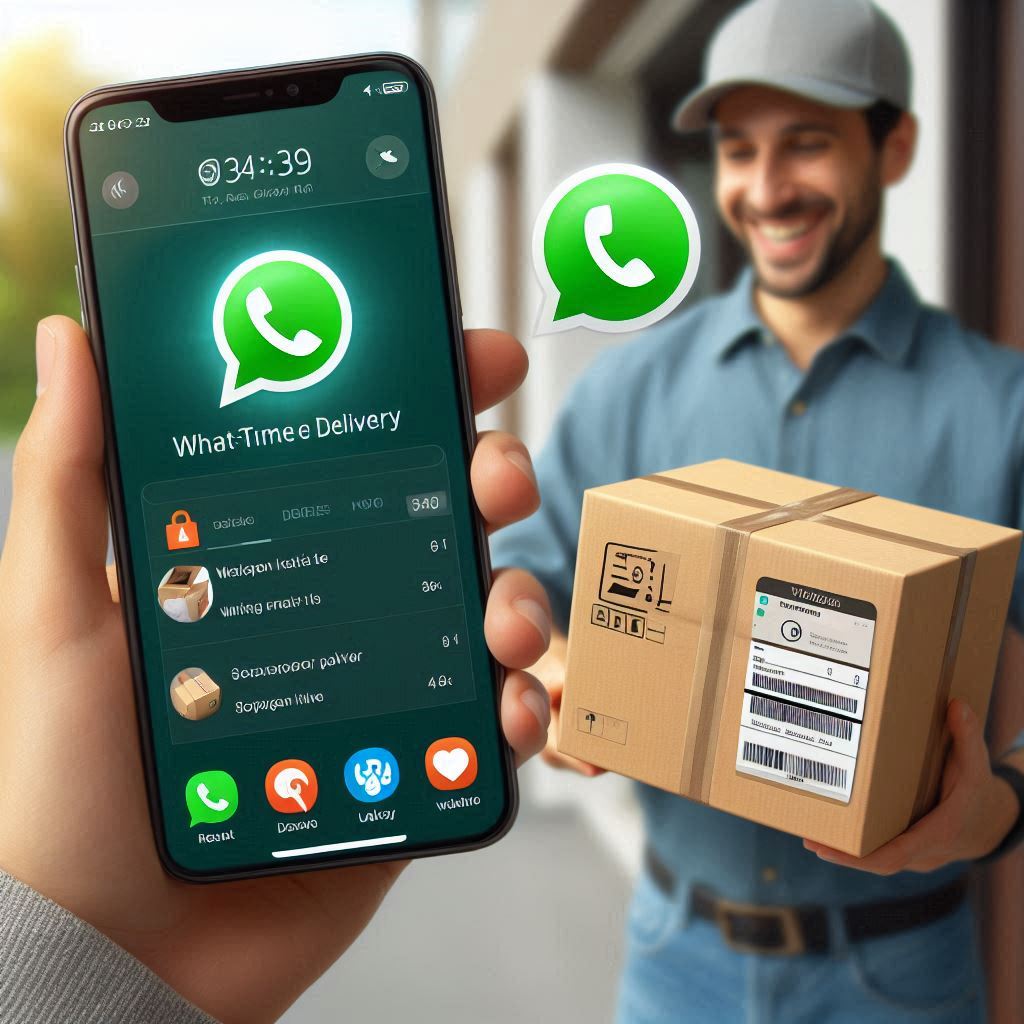Running an ecommerce business can feel like an exciting adventure one moment—and a steep uphill climb with loads of challenges or problems the next, it’s quite inevitable.
Whether you’re just starting out or already running a successful store, you’ve probably hit a few bumps along the way.
The good news?
You’re not alone, and every challenge is an opportunity to level up your game.
In this blog, we’re diving into 15 of the most common ecommerce struggles and, more importantly, how to overcome them like a pro.
Ready to crush these problems & challenges and take your ecommerce business to the next level?
Let’s get started.

👉1. Customer Acquisition: Standing Out in a Crowded Market
Getting new customers feels like an endless battle sometimes, right? With so many options out there, how do you make sure they choose you?
💡 Pro Tip: Build a strong organic presence with killer SEO, engaging social media, and value-packed content marketing. Sure, paid ads can drive traffic, but you want to create a lasting connection that doesn’t drain your budget.
👉2. Hold On To Customer Retention: Don’t Let Them Slip Away
It’s one thing to win customers, but keeping them? That’s the real challenge. You know it’s much cheaper to retain a customer than to acquire a new one—so how do you keep them coming back?
💡 Pro Tip: Surprise and delight your customers with loyalty programs, personalized thank-you emails, and exclusive offers for repeat buyers. The more special they feel, the more likely they’ll stick around.
👉3. Cart Abandonment: Sealing the Deal Before They Bounce
There’s nothing more frustrating than seeing a customer fill their cart… and then leave. Cart abandonment is like finding gold and watching it slip through your fingers.
💡 Pro Tip: Send cart recovery emails or WhatsApp reminders within hours of abandonment. Sweeten the pot with an irresistible offer—maybe free shipping or a limited-time discount.
👉4. Shipping & Fulfillment: Meeting Expectations (Or Exceeding Them)
Fast, free shipping—everyone wants it, but not everyone can deliver. Slow or expensive shipping is one of the quickest ways to lose a sale.
💡 Pro Tip: Partner with reliable shipping services and be upfront about delivery times and costs. Consider adding a free shipping threshold to increase order values while still meeting customer expectations.

👉5. Returns & Refunds: Turning a Headache Into an Opportunity
Returns aren’t fun, but they’re a fact of life in ecommerce. And let’s face it, a clunky return process can drive customers away.
💡 Pro Tip: Simplify returns. Make your return policy easy to find and super straightforward. An automated return process can save you time and improve customer satisfaction, turning a potential negative into a positive experience.
👉6. Traffic Without Conversions: Cracking the Code
You’ve got traffic pouring in, but those visitors aren’t turning into customers. It’s frustrating, right?
💡 Pro Tip: Optimize your site for conversions with killer product descriptions, eye-catching images, and a streamlined checkout process. Test different layouts, buttons, and offers to see what drives sales. Sometimes, the smallest tweak can make a big difference!
👉7. Inventory Management: Walking the Tightrope
Running out of stock is a missed opportunity, but overstocking ties up your capital. How do you find the sweet spot?
💡 Pro Tip: Invest in an inventory management system that syncs with your store. It’ll help you track stock levels in real-time and forecast demand more accurately, saving you from unnecessary headaches and cash flow problems.
👉8. Payment Processing: Making It Simple But Secure
Nothing kills a sale faster than a complicated checkout process. If a customer faces hurdles while paying, you might as well kiss that sale goodbye.
💡 Pro Tip: Make sure your checkout process is smooth, fast, and secure. Offer multiple payment options (credit cards, PayPal, mobile wallets) and ensure your website is SSL-certified to build trust and boost conversions.

👉9. Cybersecurity: Protecting What Matters Most
In ecommerce, you’re handling sensitive customer data, and hackers are always lurking – this is one of the core challenges or problems every business owner breaks their head to solve. A data breach can shatter customer trust in seconds.
💡 Pro Tip: Use strong encryption and stay compliant with data protection regulations like GDPR. Regular security updates and multi-factor authentication (MFA) can provide an extra layer of protection for both you and your customers.
👉10. Customer Support: Keeping Customers Happy 24/7 x 365 Days
We’ve all been there—customers have questions, and they want answers now. Offering top-notch support can be resource-intensive, but skimping on it could hurt your reputation.
💡 Pro Tip: Implement live chat or WhatsApp chatbots to handle common queries quickly. Customers love instant responses, and automation can free up your team for more complex issues.
👉11. Mobile Optimization: Meeting Shoppers Where They Are
Did you know that most ecommerce transactions happen on mobile these days? If your site isn’t mobile-friendly, you’re missing out—big time.
💡 Pro Tip: Ensure your website is responsive and loads fast on all devices. Keep the checkout process simple and mobile-optimized to minimize bounce rates and boost conversions.
👉12. Price Competition: Winning Without Dropping Margins
In ecommerce, it’s easy to get sucked into price wars. But lowering your prices isn’t always the best way to win customers.
💡 Pro Tip: Focus on creating value beyond just price. Provide stellar customer service, exclusive products, or a memorable brand experience that justifies your pricing. Customers will pay more if they feel they’re getting more.

👉13. Hyper-Personalization: The Secret to Customer Engagement
Your customers want to feel special. However personalizing every touchpoint can feel overwhelming, especially as you scale.
💡 Pro Tip: Use tools like personalized email campaigns and dynamic product recommendations. Even small touches—like greeting returning customers by name or tailoring product suggestions—can go a long way toward building loyalty and boosting sales.
👉14. Scalability: Growing Without the Growing Pains
As your business grows, so do the demands on your technology and operations. If you can’t scale efficiently, you’ll hit roadblocks fast.
💡 Pro Tip: Choose scalable ecommerce platforms that solve real problems or challenges and invest in automation early. Whether it’s inventory management, customer service, or marketing automation, streamlining processes from the start will make scaling smoother down the line.
👉15. Global Growth: Going Global Without the Headaches
Expanding into new markets can feel like a dream come true, but it comes with its own set of challenges—shipping, taxes, language barriers, you name it.
💡 Pro Tip: Start by targeting regions where you already have interest. Localize your website, offer local payment options, and partner with international fulfillment centers to smooth out the logistics. A thoughtful approach can make your global expansion more seamless.
And I am sure you would have heard this since 2020 that WhatsApp has become a powerful tool for ecommerce businesses, offering solutions to many of the challenges they face.
Whether you’re trying to improve customer engagement, reduce cart abandonment, or streamline customer support, WhatsApp’s features, including chat automation, notifications, and the WhatsApp Business API, can help you solve some of the most common problems ecommerce businesses encounter.

📌Here’s how you can use WhatsApp to tackle these specific Challenges or Problems faced by eCommerce Businesses:
WhatsApp can be an incredibly powerful tool for solving some of the most common challenges and problems ecommerce businesses face. From improving customer engagement to streamlining operations, here’s how WhatsApp can help tackle each of these issues head-on:
1. Customer Acquisition: Building Relationships from Day One
With over 2 billion users, WhatsApp is a great channel for reaching new customers. It allows you to engage directly with potential buyers in a personalized way, building trust right from the start.
Solution:
- Use WhatsApp Business API to run targeted marketing campaigns.
- Share product updates, promotions, or new arrivals through broadcast lists.
- Incorporate WhatsApp chat buttons on your website and social media profiles to make it easy for prospects to reach out with inquiries or pre-sales questions.
2. Customer Retention: Keeping the Conversation Moving
Retaining customers is all about keeping the relationship alive, and WhatsApp is ideal for building ongoing connections.
Solution:
- Send personalized order updates, exclusive offers, and loyalty rewards directly to your customers’ phones.
- Automate post-purchase follow-up messages, asking for feedback or offering product recommendations based on previous purchases.
3. Cart Abandonment & Customers Jumping off: Recovering Lost Sales
Cart abandonment is a huge problem for ecommerce businesses, but WhatsApp can help you recover those lost sales with timely, personalized reminders.
Solution:
- Set up automated abandoned cart reminders through WhatsApp, gently nudging customers to complete their purchases.
- Include discount codes or free shipping offers in the reminder to incentivize customers to finish the transaction.
4. Shipping and Fulfillment: Keeping Customers in the Loop

Timely shipping and clear communication are key to customer satisfaction. WhatsApp provides a quick and easy way to keep your customers informed about their order status.
Solution:
- Send real-time shipping updates and tracking links via WhatsApp, ensuring customers are kept in the loop.
- Use automated notifications for order confirmation, shipping, and delivery status to eliminate any confusion or anxiety around shipping times.
5. Returns and Refunds: Streamlining the Process
Returns and refunds can be a pain, but WhatsApp can help make the process smoother and more transparent for both you and your customers.
Solution:
- Use WhatsApp to automate return requests and provide customers with real-time updates on the status of their returns or refunds.
- Create a FAQ chatbot to answer common questions about return policies, timeframes, or how to initiate a return, reducing customer support burden.
6. Traffic but Low Conversion Rates: Hyper-Personalizing the Shopping Experience
If you’re getting traffic but struggling with conversions, WhatsApp can help by offering a more personalized shopping experience and addressing customer concerns in real-time.
Solution:
- Use WhatsApp live chat on your ecommerce site to assist customers during their buying journey, answering questions and resolving doubts that could be causing hesitation.
- Set up a WhatsApp product recommendation bot that offers tailored product suggestions based on browsing history or preferences.

7. Inventory Management: Keeping Customers Updated & Informed at all times
Managing inventory effectively is crucial to avoid stockouts or overstocking. WhatsApp can be used to keep customers informed about stock availability in real-time.
Solution:
- Send low-stock alerts to encourage customers to make a purchase before products run out.
- Notify customers instantly via WhatsApp when out-of-stock items are restocked, turning lost opportunities into sales.
8. Payment Processing: Simplifying Checkout
A clunky checkout process can lead to abandoned carts. WhatsApp can simplify the payment experience and increase conversions.
Solution:
- Use WhatsApp payment integration (available in certain countries) to allow customers to complete their purchases directly within the app.
- Send checkout links via WhatsApp to make it easier for customers to return to their cart and finish their purchase.
9. Cybersecurity: Building Trust Through Communication
Customers want to feel secure when shopping online. While WhatsApp can’t prevent data breaches, it can build trust by keeping customers informed and engaged.
Solution:
- Send security updates and transactional messages via WhatsApp to assure customers that their data is safe.
- Implement two-factor authentication using WhatsApp for customer account logins, adding an extra layer of security.
10. Customer Support: Fast, Efficient Service

Providing great customer service can make or break your ecommerce business. WhatsApp is perfect for quick, efficient customer support.
Solution:
- Deploy WhatsApp chatbots to handle common customer queries 24/7, like product availability, shipping policies, or order tracking.
- Offer personalized support through live agents for more complex inquiries, creating a seamless customer service experience.
11. Mobile Optimization: A Native Mobile Experience
Since most online shopping is done via mobile, WhatsApp is already optimized for mobile interaction, giving you a direct line to customers’ phones.
Solution:
- Use WhatsApp catalogs to display products directly within the app, making it easier for mobile users to browse, ask questions, and make purchases.
- Drive mobile conversions by sending personalized offers and product recommendations via WhatsApp.
12. Price Competition: Adding Value Beyond Discounts
When competing on price alone, standing out can be tough. WhatsApp allows you to build deeper relationships that go beyond price competition.
Solution:
- Use WhatsApp to provide exclusive VIP offers or early access to sales for loyal customers, creating value beyond just price.
- Offer personalized customer support or product recommendations, helping customers see the added value in shopping with your brand.

13. Hyper-Personalization: Delivering Tailored Experiences
Customers expect personalization, and WhatsApp is a great platform to deliver it at scale.
Solution:
- Use WhatsApp to send personalized messages based on customer behavior, such as product recommendations or tailored promotions.
- Automate birthday or anniversary messages with special discounts to create a more personalized shopping experience.
14. Scalability: Automating Processes for Growth
As your business scales, manual processes can slow you down. WhatsApp allows you to automate customer interactions while maintaining a personal touch.
Solution:
- Implement WhatsApp chatbots to handle customer inquiries, order updates, and FAQs at scale, freeing up your team to focus on growth.
- Automate marketing messages like abandoned cart reminders, flash sales notifications, and feedback requests to ensure consistent communication as you grow.
15. International Expansion: Reaching Global Audiences
Expanding into international markets comes with its own challenges, but WhatsApp can help streamline the process.
Solution:
- Use multilingual chatbots on WhatsApp to cater to customers in different languages, enhancing your international customer experience.
- Provide localized customer support via WhatsApp to assist customers in various time zones and regions.

📌Wrapping Up: WhatsApp as Your Ecommerce Growth Tool
Whether you’re struggling with cart abandonment, customer retention, or scaling your business, WhatsApp can help you tackle these challenges. From personalized marketing to automating customer support, this platform is a game-changer for any ecommerce business.
Want to explore how WhatsApp can transform your ecommerce business and solve all these common problems & challenges?
We’re here to help you make the most of this powerful tool and turn your ecommerce challenges into opportunities.
Get your slot below for a Free Demo by our eCommerce experts!


